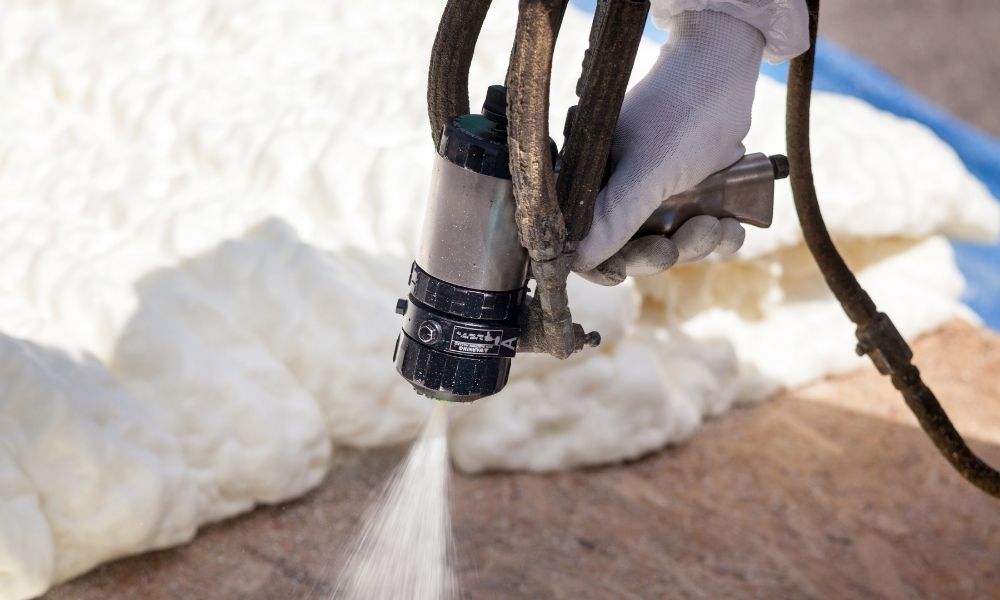Types of Spray Foam Insulation and Their Differences

One of the best ways to ensure your spray foam insulation is successful is to know the differences between certain types of foam. Whether you’re a beginner spray foam contractor or simply trying out a DIY kit at home, you need to understand the different types of spray foam insulation and their differences. There are two main types of spray foam to note, which you can learn more about below.
Open-Cell Spray Foam
Open-cell spray foam, as the name suggests, is made up of cells that aren’t fully closed or encapsulated. This leads to a more malleable and flexible material. Open-cell spray foam expands significantly during the application process to form a thick layer of foam. This makes it easier to apply in some scenarios.
Closed-Cell Spray Foam
On the other hand, closed-cell spray foam is made up of cells that are fully closed, which makes this type of foam more rigid and structured. These cells are packed tightly together, which prevents elements such as moisture and air from making their way in. Closed-cell spray foam is resistant to moisture, heat, air, and more. This adds to the R-value of closed-cell spray foam, which beats the R-value of open-cell foam.
Their Differences
Aside from the main differences in their structures, open-cell and closed-cell foams also have different applications. The structure makes each of these spray foams better-suited for different projects in home or business insulation. For instance, closed-cell spray foam is better-suited for projects where its moisture-resistance comes in handy. Open-cell spray foam is best for smaller, more compact projects. This is because open-cell spray foam expands to fill in harder-to-reach areas such as small crawl spaces.
Now that you understand the two main types of spray foam insulation and their differences, you can better utilize these different types in your applications. Each type has its own benefits to fit certain scenarios and jobs, and it’s important to know these differences before starting your next project.





